Duration: 17h 59m | 5 sections | 174 lectures | Video: 1280×720, 44 KHz | 23.58 GB
Genre: eLearning | Language: English + Sub
Energy band theory of semiconductors-Transport phenomenon in electronic devices- junction diode & optoelectronic devices
What you’ll learn
Fundamentals of semiconductor device physics
Requirements
No
Description
This is an undergraduate course on semiconductor device physics. This course is the first part in a series of two courses on semiconductor device physics.
For any electronics student understanding transport phenomena of charge carriers, drift current, diffusion current, energy band theory of semiconductors, electron hole pairs(EHPs), Junction formation in a diode, extending the device physics to three terminal devices like BJT;and MOSFET;is necessary.;
This course begins with a briefing on the fundamentals that are required to understand semiconductor device physics including some quantum physics fundamentals.
Energy band theory of semiconductors is explained with fermi Dirac distribution function. Intrinsic, extrinsic semiconductors are explained from the purview of energy band theory.
Transport phenomenon talks about mobility, conductivity, Diffusion coefficient and the most important “Einstein’s relation” along with continuity equation. These topics are treated quantitatively along with the necessary qualitative analysis.
Based on this knowledge, pn junction diode theory is well explained. It covers contact potential, Maximum field intensity, charge density profile along with the necessary energy band structures in forward bias and reverse bias conditions.; The second part of junction diode theory focuses on the quantitative analysis of diode currents, diode capacitive behaviour and diode switching times.
Zener diode, opto electronic devices like photo diode, LED and solar cell are extensively covered.
The main objective of this course is quantitative and qualitative analysis of semiconductors. By the end of this course you will acquaint the theory of electronic devices.
About Author:
Mr. Udaya Bhaskar is an undergraduate university level faculty and GATE teaching faculty with more than 15 years of teaching experience. His areas of interest are semiconductors, electronic devices, signal processing, digital design and other fundamental subjects of electronics.; He trained thousands of students for GATE and ESE examinations.
Who this course is for:
Undergraduates engineering students with electrical, Electronics as specialisation
https://www.udemy.com/course/semiconductor-device-physics-an-introduction/
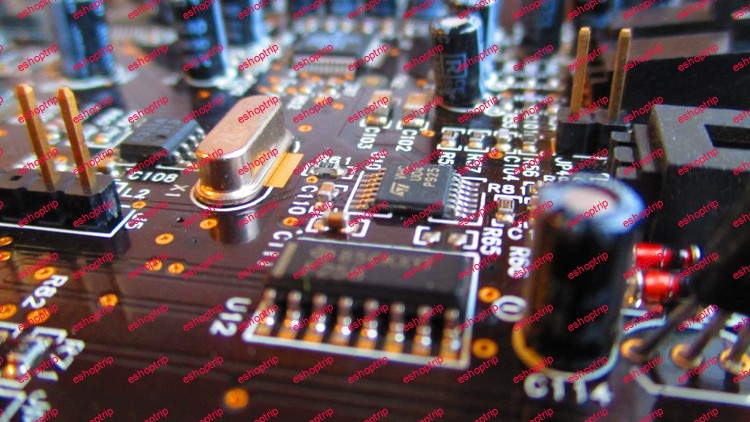


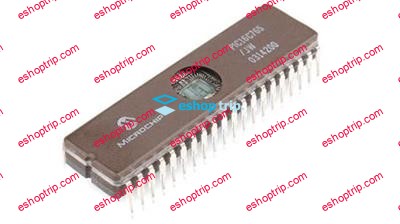
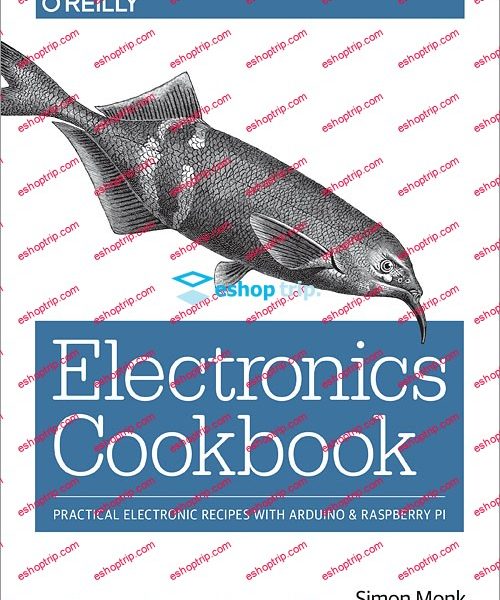
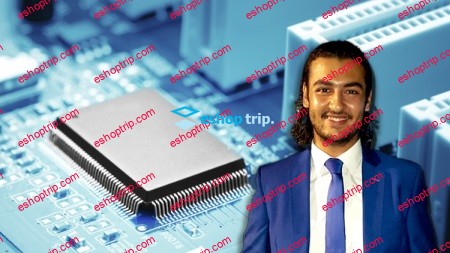
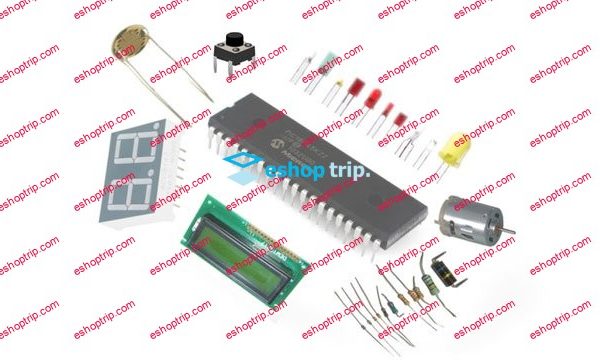
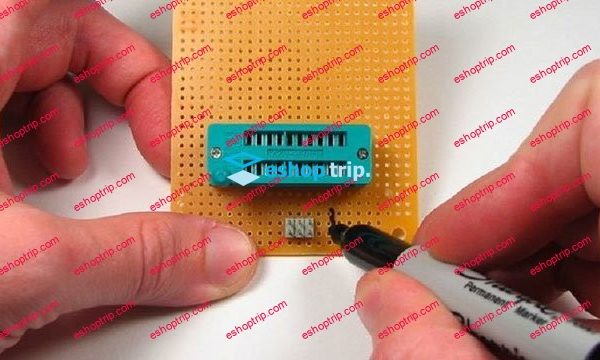

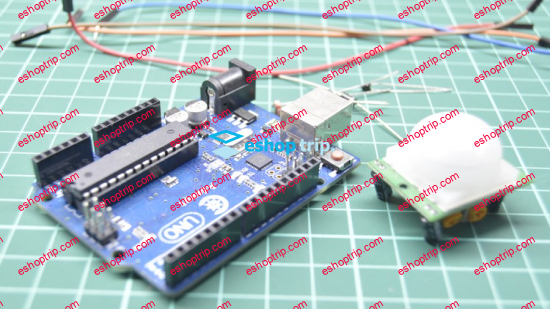
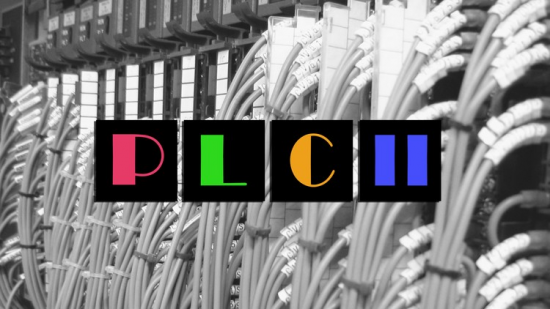
Reviews
There are no reviews yet.